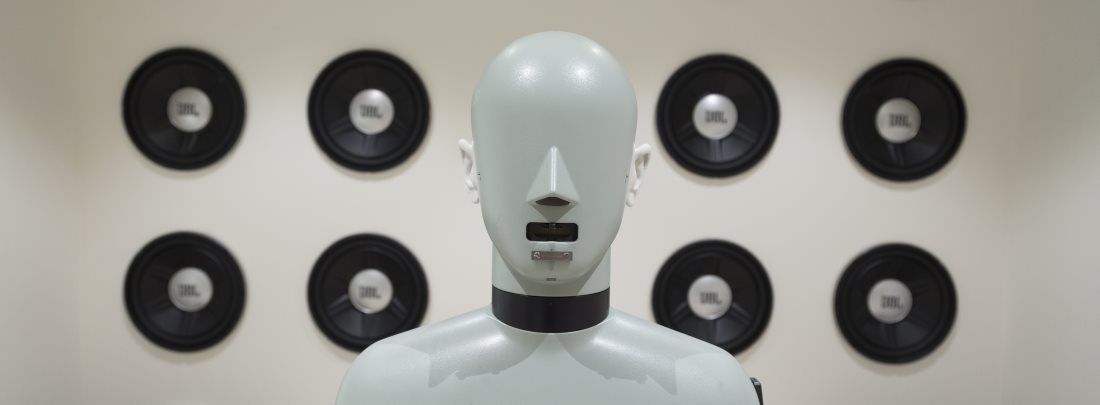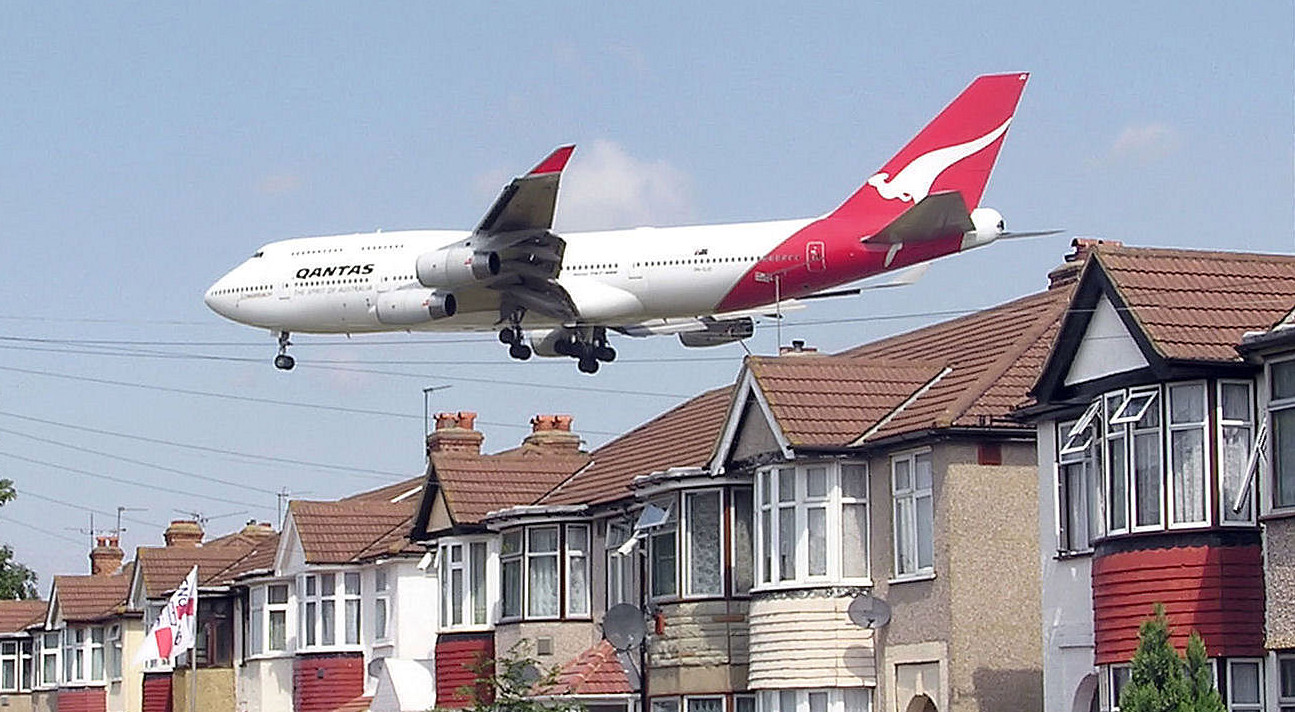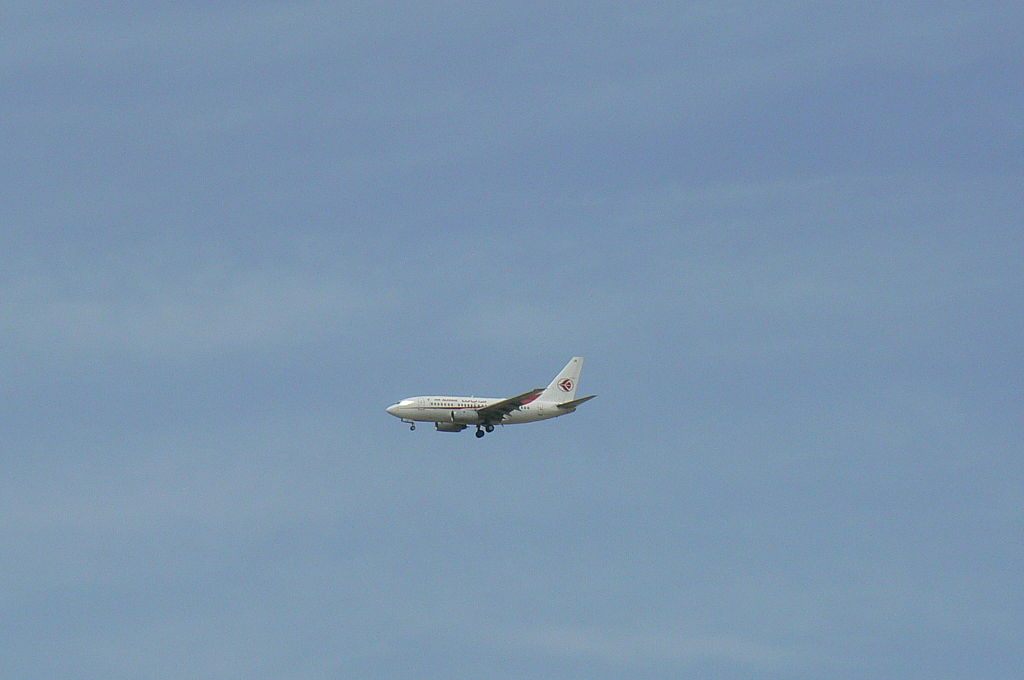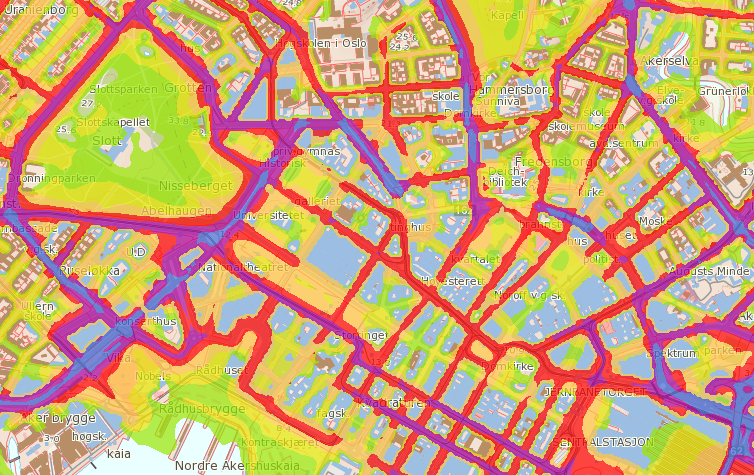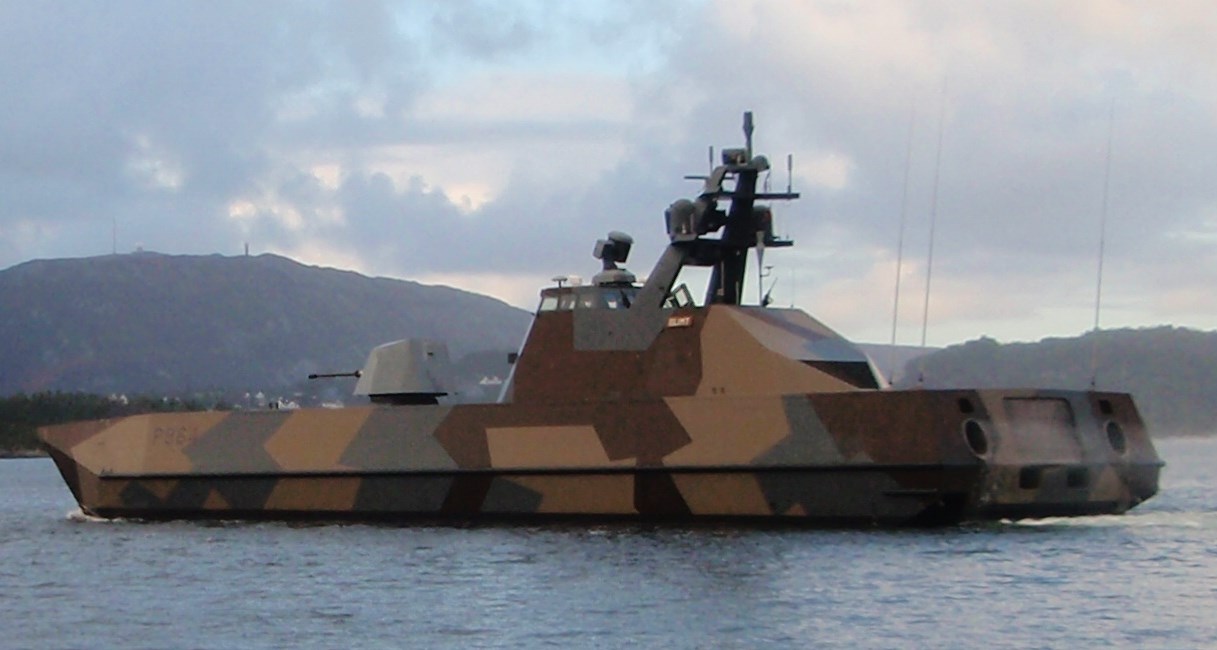Noise is, by its very definition, annoying. Intuitively, lots of noise is more annoying than noise that is barely audible. Therefore, the concept of «tolerance» is important: Given the noise situation, can we predict people’s annoyance with this noise?
To answer this question, we first need ways to quantify both annoyance and noise. Annoyance is an emotion, but that does not mean it is not measurable. Researchers have developed very specific questions and answer scales that allow for international comparison of people’s annoyance with specific types of noise.
